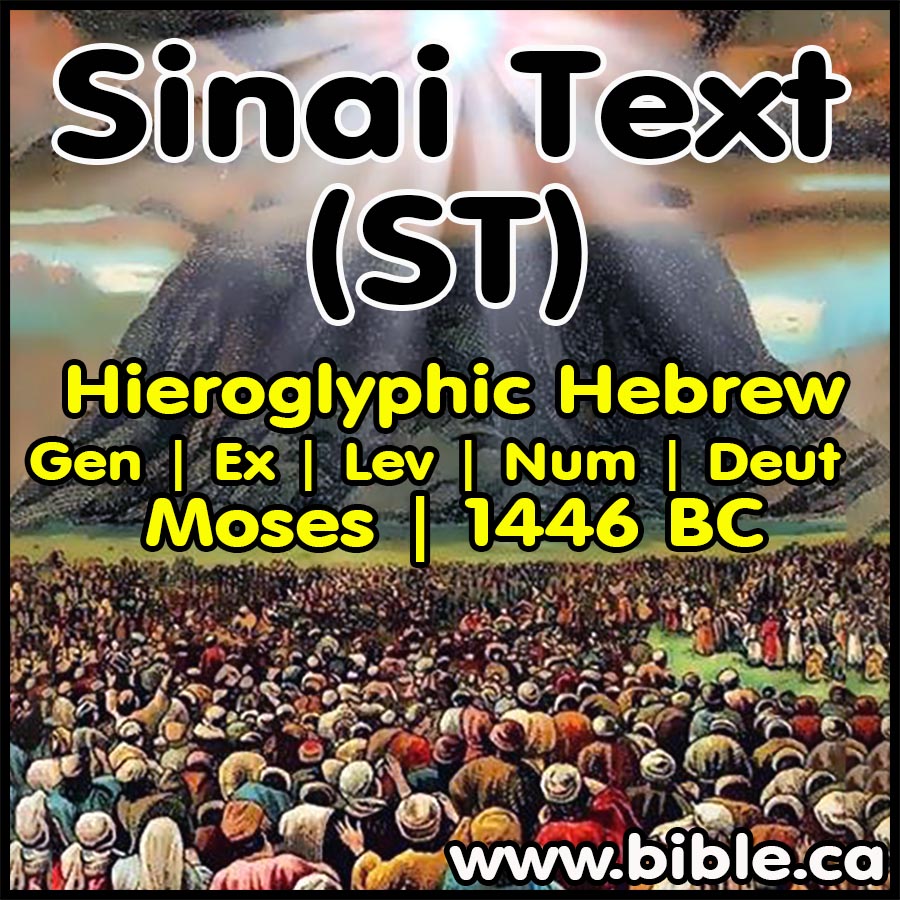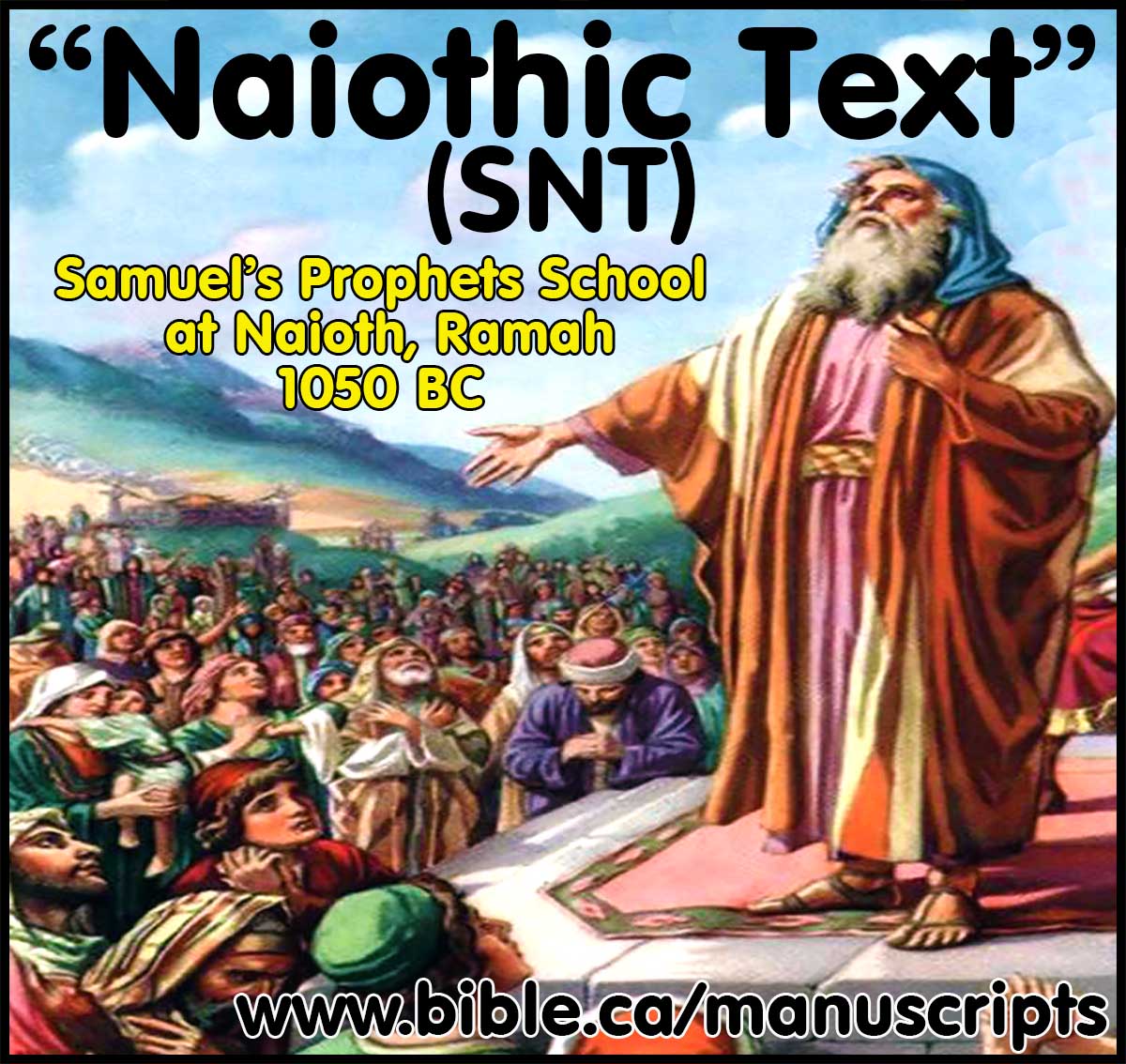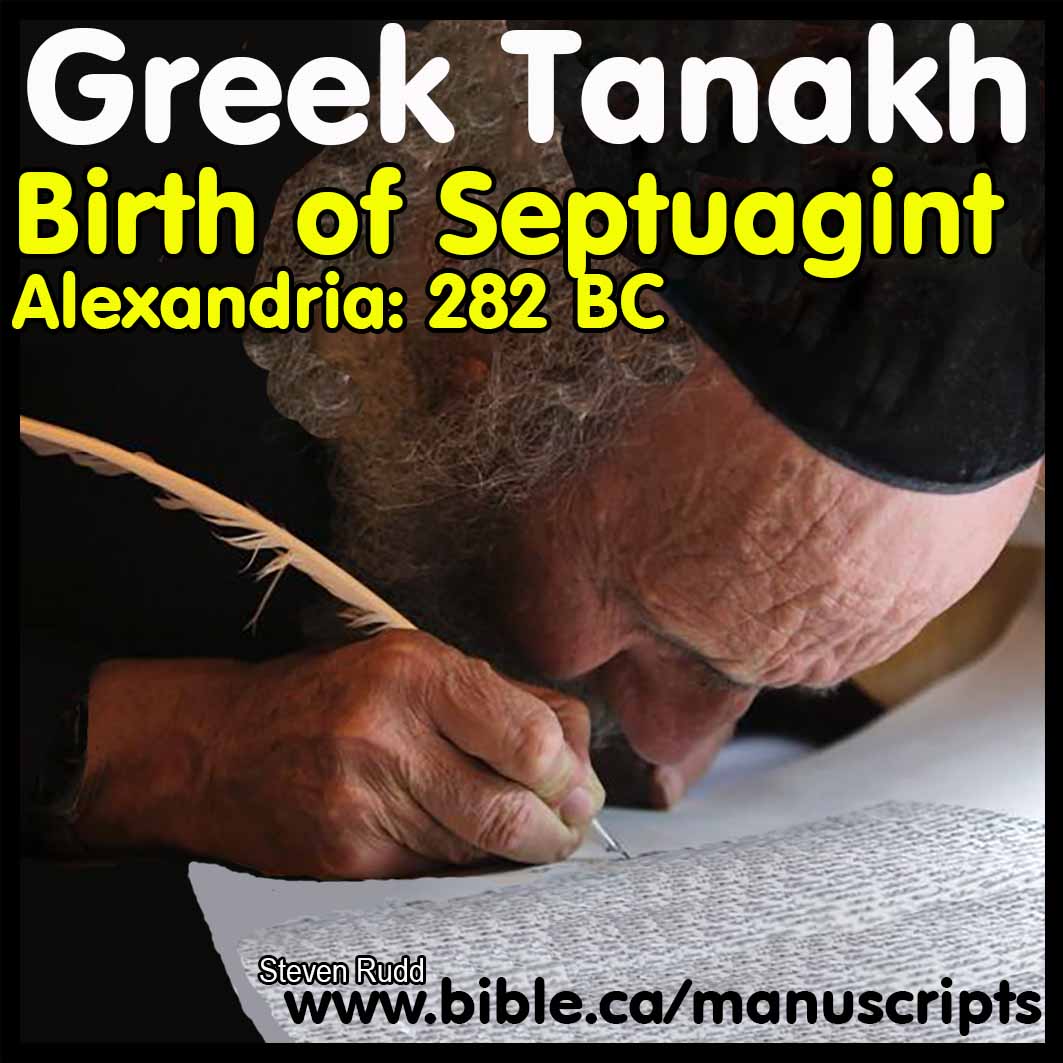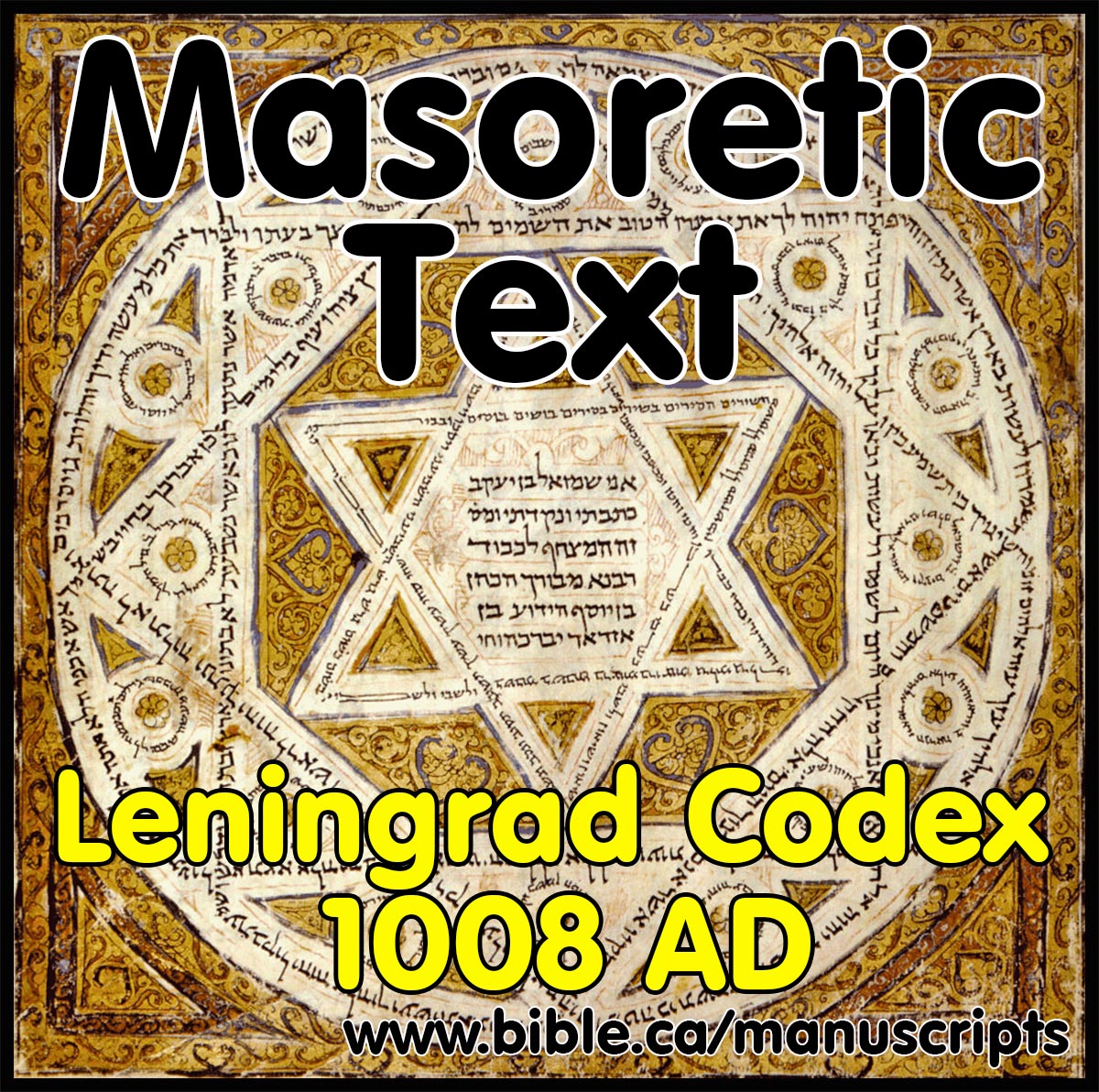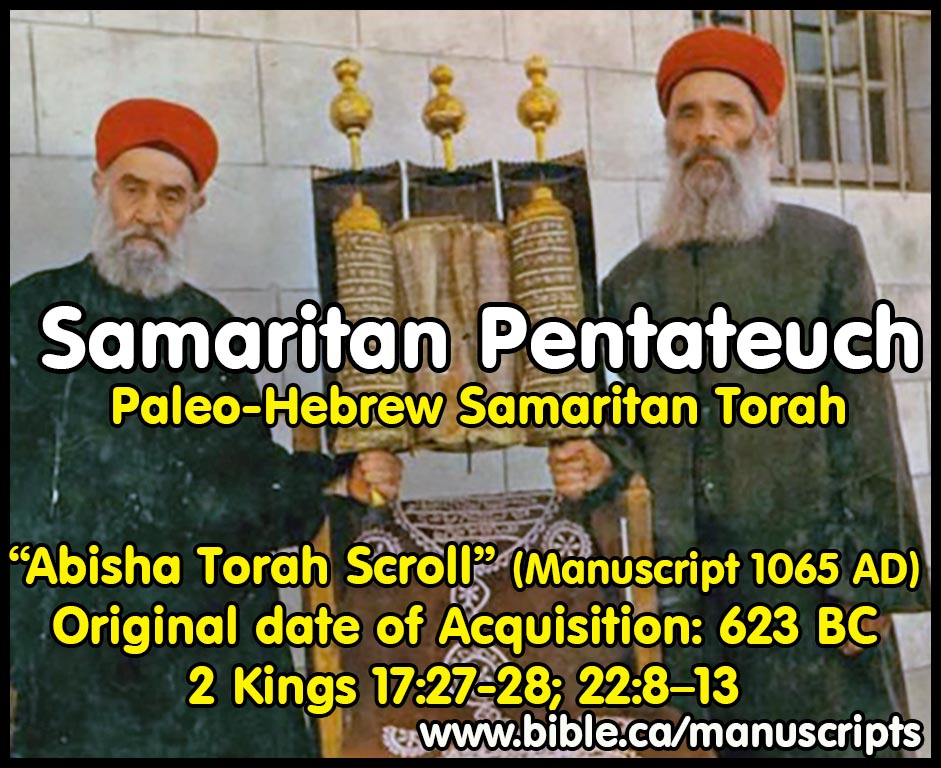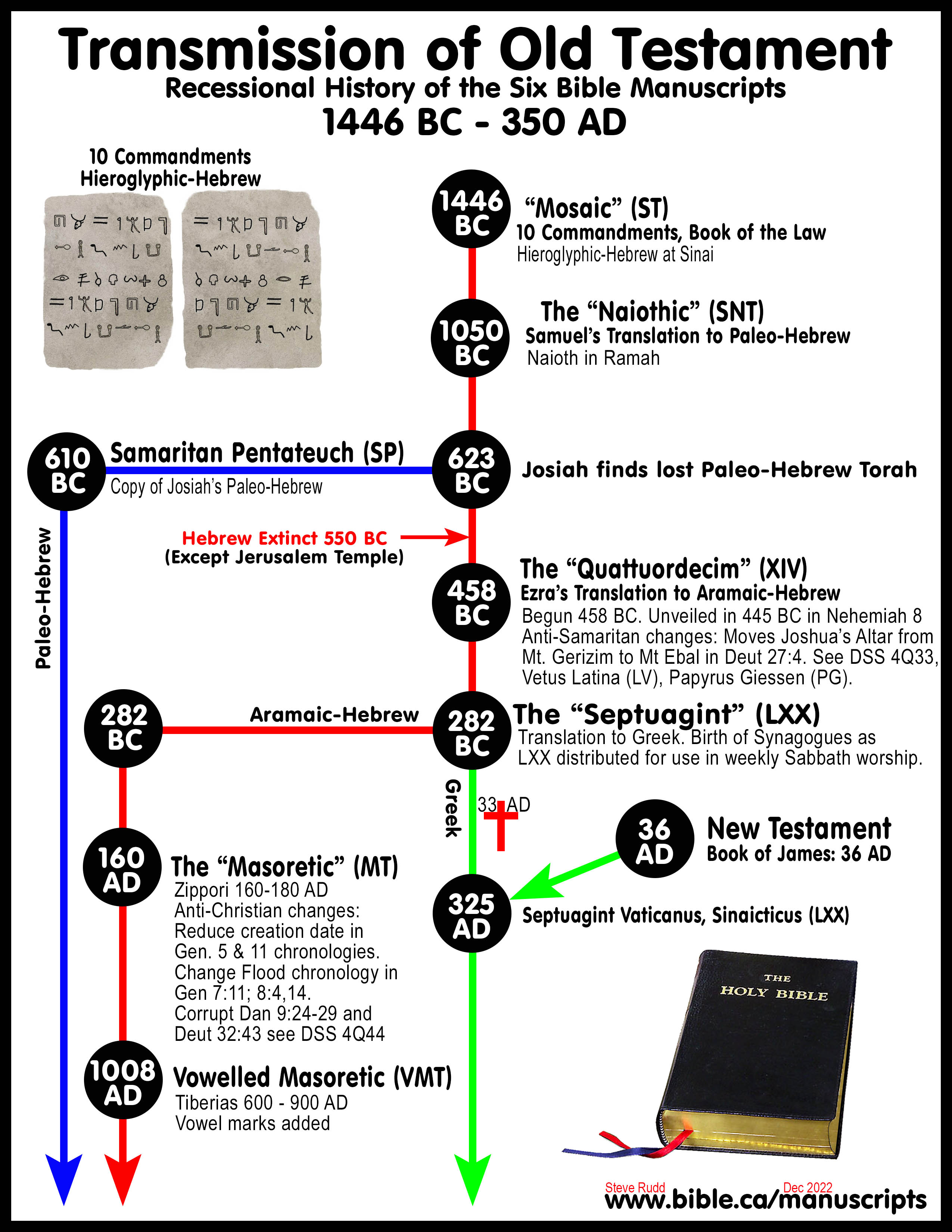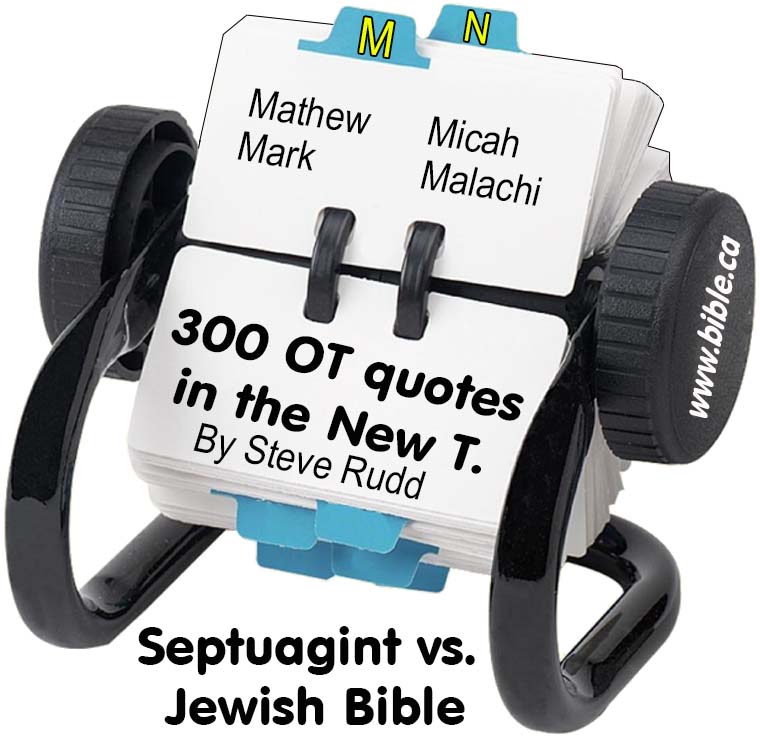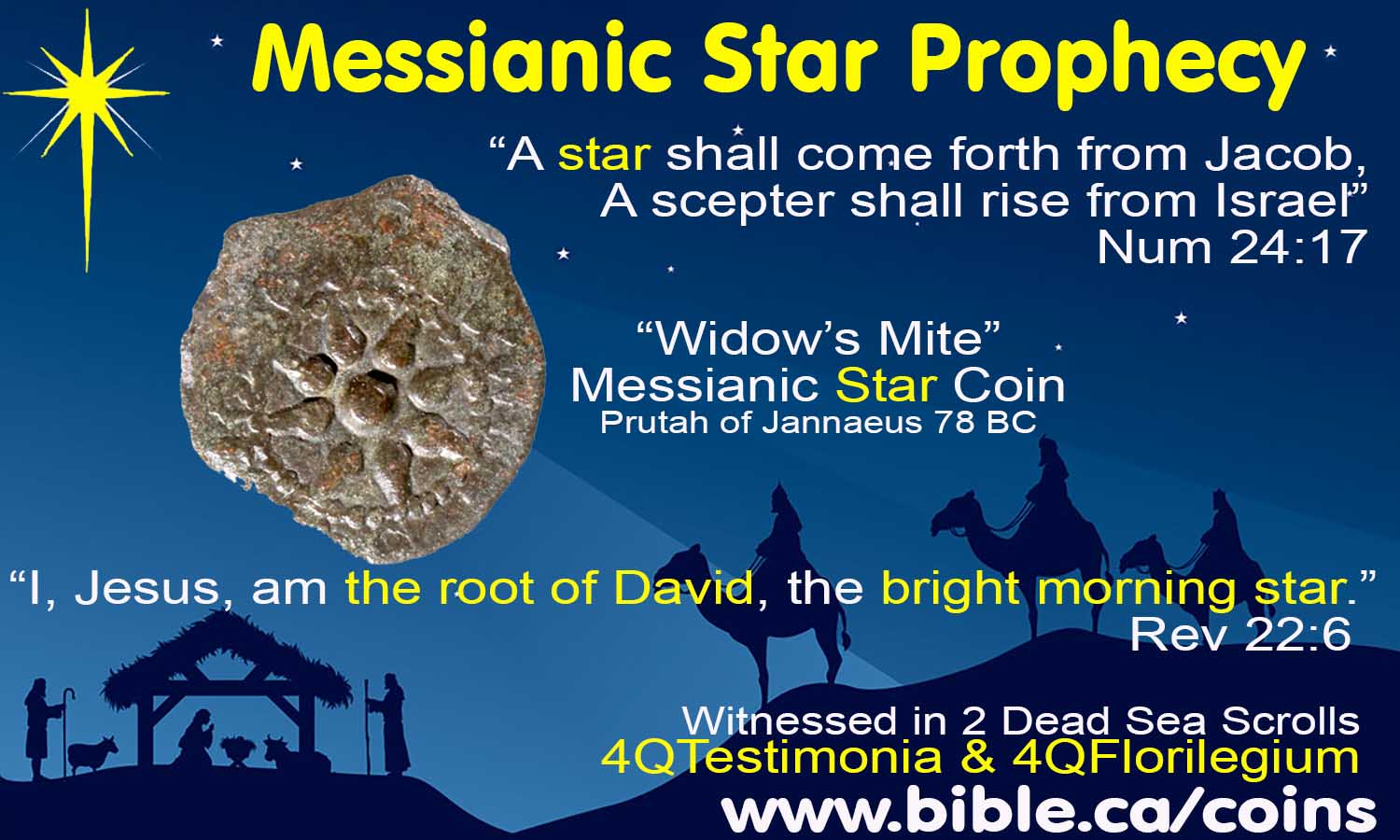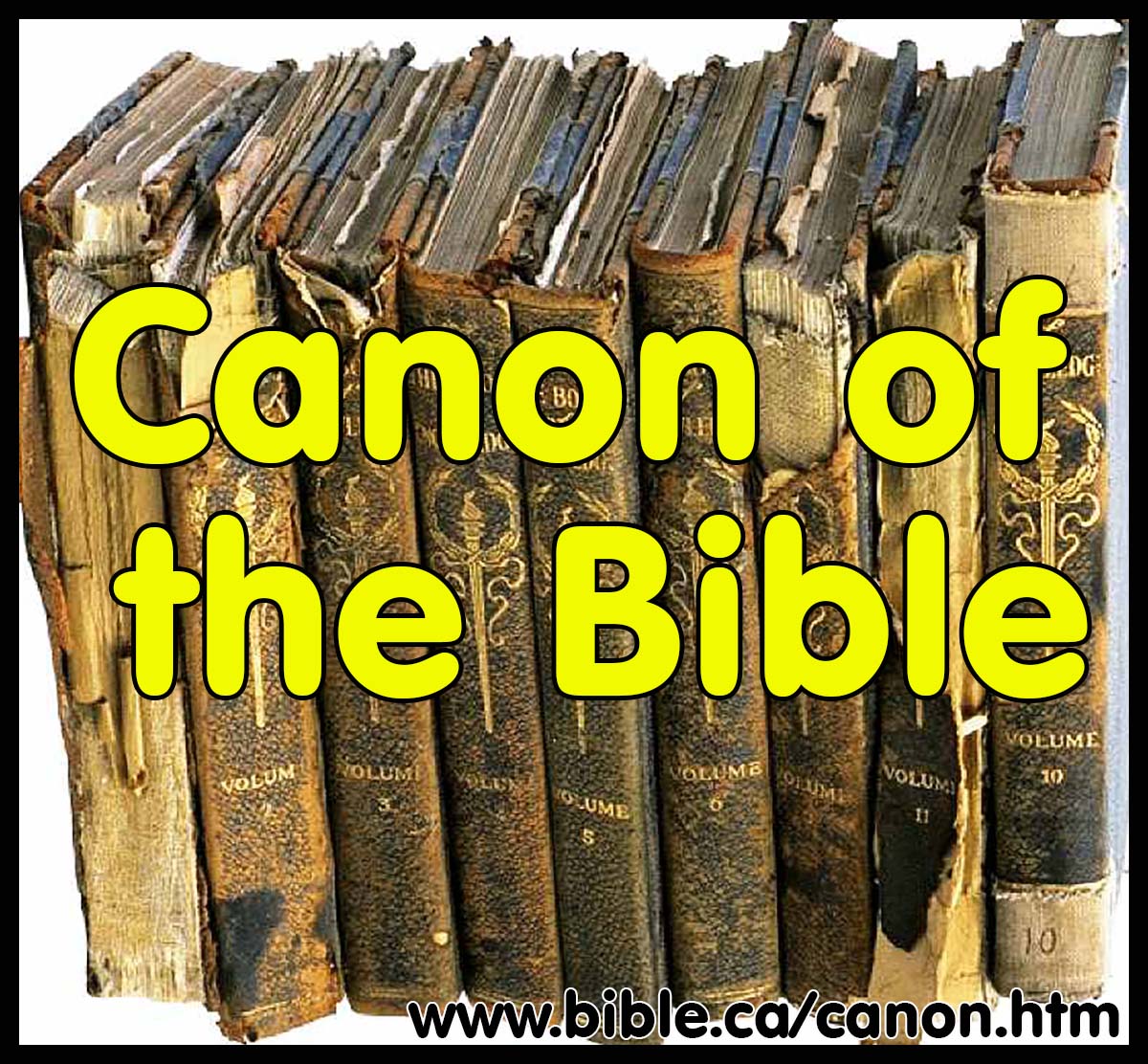|
The Septuagint LXX And other Manuscripts of the Old Testament (Tanakh) "Scripture cannot be broken" (Jesus, John 10:35) "My word will accomplish what I desire and succeed in the purpose for which I sent it." (Isa 55:11) Steve Rudd November 2017
|
|
Author’s Preface and Introduction:
When it comes to comprehending the various nuances of the manuscript history of the 66 books of the Bible, ignorance is bliss! Really! Why? Because Jesus assured us that "Scripture cannot be broken" (Jesus, John 10:35) and YHWH promised, "My word will accomplish what I desire and succeed in the purpose for which I sent it." (Isa 55:11). The text of the Bible we have today is what we have and arguing over the superiority of one manuscript family over another will not change the text of the pew Bibles in churches or synagogues read and trusted as God’s inspired word. You may find some of my original research conclusions both shocking and disturbing but in the final analysis none of it really matters because the text of the Bible we have today is the complete inspired word of God able to bring about salvation and eternal life through the blood of the risen messiah-savour-king, Jesus of Nazareth. In other words, the Holy Spirit engineered scripture in such a way that innocent human copying errors or deliberate, nefarious corruptions of the sacred text would not “break scripture”. In the end, 99% of the variants (ie. misspellings etc.) in the manuscripts of the Bible are irrelevant to the message and do not change the broad themes of redemption that are interwoven throughout scripture. Of the significant variants, they represent such a small percentage of Bible text, that you could literally remove the entire verse that contains each of the variant from the Bible and no vital information is lost or doctrine becomes unprovable. God has protected his inspired word from corruption because it is the legal standard that will judge us on the last day:
"Then I saw a great white throne and Him who sat upon it, from whose presence earth and heaven fled away, and no place was found for them. And I saw the dead, the great and the small, standing before the throne, and books were opened; and another book was opened, which is the book of life; and the dead were judged from the things which were written in the books, according to their deeds. And the sea gave up the dead which were in it, and death and Hades gave up the dead which were in them; and they were judged, every one of them according to their deeds. Then death and Hades were thrown into the lake of fire. This is the second death, the lake of fire. And if anyone’s name was not found written in the book of life, he was thrown into the lake of fire." (Revelation 20:11–15)
Continue reading preface and introduction at bottom of this page after quick links section
Steven Rudd, November 2017 AD.
|
And other Manuscripts of the Old Testament (Tanakh) "Scripture cannot be broken" (Jesus, John 10:35) "My word will accomplish what I desire and succeed in the purpose for which I sent it." (Isa 55:11) Steve Rudd November 2017
|
|
|||||
|
Start Here: Author’s Preface and Master Introduction
|
|
|||||
|
The Six Bible Manuscripts |
|
|||||
|
Mosaic Sinai Text (ST) |
Samuel’s “Naiothic Text” (SNT) |
|
||||
|
Septuagint (LXX) Greek |
Masoretic (MT) Aramaic Hebrew |
Samaritan (SP) Paleo-Hebrew |
|
|||
|
Jesus is the Messiah because Scripture Cannot Be broken |
|
|||||
|
|
|
|||||
|
|
||||||
|
Chronological History of Bible Manuscripts |
|
|||||
|
Start here: Author’s Preface and introduction 1856 BC: Birth of the Hieroglyphic Hebrew alphabet: Origin of the 4 Hebrew scripts used by Jews and in the bible 1446 BC: Birth of Mosaic Text (ST): Moses at Mt. Sinai writes book of Law in Hieroglyphic Hebrew alphabet script 1340 BC: Danites setup pagan altar at Dan 1094 BC: Shiloh Destroyed by Philistines. Tabernacle tent moved to Nob. 1050 BC: Birth of the Naiothic Text (SNT): Samuel converts Hieroglyphic Hebrew Bible into his new Paleo-Hebrew text format. 967 BC: Solomon’s physical temple founded exactly 1000 years before the spiritual church temple in 33 AD 931 BC: Jeroboam adopts Danite temple at Dan and build second at Bethel 723 BC: Ten northern tribe of Israel go extinct in Assyrian captivity: 670 BC: Samaritans come into existence: Worship YHWH and Idols at Bethel and Mt. Gerizim 623 BC: Birth of the Samaritan Pentateuch (SP): Samaritans obtain copy of Paleo-Hebrew Torah from Josiah: 587 BC: Transition from temple to Church begins: God’s eternal plan from Temple to Synagogue to Church 561-533 BC: The Great Samaritan conversion to YHWH monotheism. 533 BC: Ezra rejects Samaritans sincere offer to rebuilt Jerusalem temple and are hurt, angry and become enemy 533 BC: Samaritans build Temple on Mt. Gerizim while opposing completion Jerusalem Temple 516 BC: Jerusalem Temple completed 458 BC: Decree of Artaxerxes in Ezra 7: Begin 70 weeks (490 yrs) of Dan 9:24 ends at resurrection of Jesus 5 April 33 AD. 458 BC: Birth of Ezra’s “Quattuordecim”: Ezra begins translating Tanakh from Paleo to Aramaic Hebrew script 445 BC: Jerusalem city wall completed 445 BC: New Quattuordecim Bible is unveiled on Ezra’s wooden platform New Years Day (1 Tishri 445 BC) 333 BC: Large number of Samaritans are deported to Alexandria but cause trouble. 330 BC: Alexander appeases Samaritans by rebuilding/refurbishing the Mt. Gerizim temple. 300 BC: Death of Hebrew language: History of mass language conversions and failed restoration attempts 282 BC: Birth of the Septuagint (LXX): Historical accounts of the Greek Torah translation process in 282 BC 280 BC: Birth of Synagogues: Synagogues originated at Alexandria Egypt in 280 BC spawned by the Septuagint 250 BC: Samaritans build synagogue at Delos whose patrons sent gold to support Mt. Gerizim temple. 170 BC: Book of Jubilees is written. 150 BC: Septuagint Completed (Gen – Malachi): All Old Testament books 9Tanakh) fully translation into Greek by 150 BC 150 BC: All synagogue worship services in Greek: The Septuagint was the “KJV” of first century synagogues and churches 111 BC: John Hycranus 1st destroys Samaritan temple on Mt. Gerizim. 100 BC: Greek Dead Sea Scrolls of the Tanakh: Oldest manuscripts of the Greek Old Testament Septuagint 12 AD: Jesus was trilingual: Spoken languages in Judea in 30 AD 30 AD: Archeology of Aramaic & Greek: Archeology of Bible languages at the time of Jesus: 33 AD: Church temple founded: Daniel’s 70 weeks ends at resurrection on 5 April 33 AD. (1000 years after Solomon’s temple) 36 AD: Christians quoted the Septuagint: 300 Old Testament quotes in the New Testament 66 AD: First Jewish war begins: Mass suicide of 5000 Jews at Gamla who jump over cliffs instead of surrendering to Romans. 67 AD: 11,600 Samaritans killed by Romans on Mt. Gerizim in July. 67 AD: Rebel leader Josephus cheats mass suicide of his 40 Jewish troops at Yodfat, is captured, becomes Roman Historian. 69 AD: Romans capture Ephraim (Kh. Maqatir) and kill 8 women and children hiding in cave system. 70 AD: Jerusalem and Temple destroyed, Jewish rebel leaders captured and paraded in Rome 74 AD: Mass suicide of 960 Jews at Masada. 132 AD: Simon Bar Kokhba is believed to be the Jewish Messiah but is killed by Hadrian in 135 AD. 150 AD: Jews corrupt the Synagogue Septuagint Tanakh: Jews alter the LXX, then abandoned it forever. 160 AD: Seder Olam Rabbah is written at Zippori 160 AD: Birth of the Masoretic Text (MT) at Zippori with anti-Christian variants 200 AD: Mishnah is finished at Zippori 350 AD: Septuagint (LXX) codex Sinaiticus 600 AD: Masoretes invent Masoretic Hebrew with vowels for the first time. 629 AD: Jews initially believe Muhammad to be their Messiah of Peace and Triumph 1008 AD: Vowelled Masoretic Text (MT) of the Jewish Masoretes at Tiberias 1065 AD: Abisha Scroll of the Samaritan Pentateuch (SP): Oldest Paleo-Hebrew textual tradition on earth. |
|
|||||
|
Historical Evolution of the 4 Hebrew alphabets |
|
|||||
|
Historical evolution of the Hebrew Bible through four Hebrew Alphabets and Greek 1856 BC: Birth of the Hebrew alphabet: Origin of the 4 Hebrew scripts used by Jews and in the bible 1094 BC: Shiloh Destroyed and Samuel converts Hieroglyphic Hebrew Bible into his new Paleo-Hebrew text format. 458 BC: Ezra converts Tanakh from Paleo-Hebrew to Aramaic-Hebrew and the Quattuordecim is born. 282 BC: Birth of the Septuagint: Historical accounts of the Greek Torah translation process in 282 BC 1008 AD: Masoretic Text (MT) of the Jewish Masoretes at Tiberias |
|
|||||
|
Birth of Ezra’s “Quattuordecim (XIV)” 458-445 BC |
|
|||||
|
Ezra’s “Quattuordecim (XIV): 458 – 445 BC 1. Preamble: Must read! 2. Babylonian destruction of Paleo-Hebrew scripture manuscripts in 587 BC 3. Literary sources that Ezra produced a new set of Bible manuscripts: “Quattuordecim (XIV)” 4. Ezra’s Anti-Samaritan Variants in the Quattuordecim (XIV)” |
|
|||||
|
Textual Variants in Bible Manuscripts of Old Testament
|
|
|||||
|
Book Textual variants of the Old Testament: LXX vs. MT |
|
|||||
|
JOB |
HOSEA |
JEREMIAH |
|
|||
|
1 & 2 SAMUEL |
PSALM 151 |
DANIEL |
|
|||
|
|
|
|||||
|
Single Textual variants in the Old Testament: LXX vs. MT |
|
|||||
|
Single textual variants in the Old Testament: LXX vs. MT Chronology of the Kings of Judah and Israel Methuselah was 187 years old when Lamech was born not 167: Gen 5:25 Jacob enters Egypt with 70 or 75 persons: Gen 46:27; Ex 1:5; Deut 10:22; Acts 7:14 Genesis Flood Chronology: Three calculated, deliberate variants in Gen 7:11; 8:4, 14. 1 Kings 6:1: 480 or 440 years: Date of Exodus: 1446 or 1406 BC |
|
|||||
|
Deliberate Anti-Christian Textual variants by Jews in 160 AD |
|
|||||
|
Anti-Christian, theologically driven, single textual variants in the Old Testament: LXX vs. MT Shem was NOT Melchizedek. Shem died before Abraham was born. Shem was second-born and NOT Melchizedek. Japheth “the Great” was firstborn in the LXX. Angels are commanded to worship Jesus Christ in Deut 32:43 in the LXX (Heb 1:6) The 70 weeks of Daniel 9 end in 33 AD with the resurrection of Christ in the LXX. Genesis Chronology: Jews in AD 160 reduced the age of earth to exclude Jesus as Messiah |
|
|||||
|
Textual variants Between the Samaritan Pentateuch and Masoretic |
|
|||||
|
Ezra’s Anti-Samaritan Textual Variants in 458 BC 1. Introduction to the Samaritan Pentateuch: Read first! 2. 471 LXX Verses Identical with SP and Different from MT 3. 12 Quick facts about the Samaritan Pentateuch 4. Detailed outline on Samaritan history 5. The Text of the Samaritan Pentateuch is equal to the Masoretic and LXX 6. Master summary of Variant in the Samaritan Pentateuch a. The “smoking gun” that Ezra changed the Hebrew text and not the Samaritans b. Ezra’s Variant: Deut 27:4: Joshua’s Altar on Mt. Gerizim c. Ezra’s Variant: Change of tense from past “has chosen” to future “will chose” d. Ezra’s Variant: Lev 26:31 change of singular “sanctuary” to plural “sanctuaries” e. Ezra’s Variant: Deut 11:30 Deleted words “opposite Shechem” f. Samaritan corrupted Genesis 11:32: The age of Terah at dead is reduced from 205 to 145 years g. Samaritan corrupted the Genesis 5 Chronology by reducing the age of the earth from 5554 BC to 4475 BC h. Samaritan Harmonising Alterations: 40 “SP Harmonizations” witnessed in Dead Sea Scrolls i. Samaritan “Harmonising Additions” in the Ten Commandments: j. Alleged Anthropomorphic representations of God removed by Samaritans 7. Dead Sea Scrolls that validate the Samaritan Pentateuch a. Hebrew DSS that validate the Samaritan Pentateuch and LXX b. 40 “SP Harmonizations” witnessed in Dead Sea Scrolls c. 154 Dead Sea Scroll variants identical to SP & LXX against the MT |
|
|||||
|
Variants caused by misinterpretation of Bible text |
|
|||||
|
Theologically induced chronological variants in the Bible: (not textual variants) 1. Terah’s begetting age of Abram: Terah was 130 not 70 years old when Abraham was born. 2. Long vs. Short Egyptian sojourn: Israel spent 430 not 215 years in Egypt |
|
|||||
|
|
|
|||||
|
Dead Sea Scrolls Introduction to Dead Sea Scrolls
Visit the Seven Scroll Discovery Sites: Qumran | Wadi Murabba'at | Wadi Sdeir Nahal Hever | Nahal Se'elim | Masada | Wadi Daliyeh
Ancient Dead Sea Bible manuscripts 1. Bible manuscripts found in the Dead Sea basin. 2. Hebrew DSS that agree with the LXX against the MT 3. Hebrew DSS that disagree with both the LXX and MT 4. Hebrew DSS that validate the Samaritan Pentateuch and LXX 5. 40 “SP Harmonizations” witnessed in Dead Sea Scrolls 6. 154 Dead Sea Scroll variants identical to SP & LXX against the MT |
|
|||||
|
|
|
|||||
|
Age of the Earth variants in Genesis 5 & 11 Jews in 160 Corrupt Masoretic Genesis Chronology Creation dates of Ancient Literary Sources: 225 BC: Demetrius the chronographer: 5500 BC 170 BC: Book of Jubilees: 3906 BC (estimate) 158 BC: Eupolemus: 5307 BC 10 AD: Testament of Moses: 4221 BC Follows Book of Jubilees 30 AD: Philo of Alexandria: c. 5500 BC Uses Hebrew text 60 AD: Pseudo-Philo 5886 BC 70 AD: Josephus 5467 BC 90 AD: 2 Esdras 14 5464 BC 100 BC: Testament of Levi and the Twelve Patriarchs 150 AD: Justin Martyr Jews corrupt their own Greek Synagogue Tanakh 160 AD: Seder Olam Rabbah: 3761 BC 221 AD: Julius Africanus Sextus: 5500 BC 384 AD: Vulgate by Jerome: 4114 AD Latin translation of Hebrew 400 AD: Augustine: believed both 5554 BC and 4114 BC were inspired 1362 AD: Samaritan Chronicle of Joshua: 4263 BC |
|
|||||
|
|
|
|||||
|
Deliberate historic corruptions of the Old Testament manuscripts: 458 BC: Ezra’s Anti-Samaritan Variants in the Quattuordecim (XIV)” 160 AD: Seder Olam Rabbah: The blueprint for inventing anti-Christian variants in the Hebrew pre-Masoretic Text 160 AD: Jews corrupt the Greek Septuagint (LXX) in synagogues to counter Christianity, then abandoned it altogether. 160 AD: Jews corrupt their own Hebrew Masoretic (MT) Bible to counter Christianity. 160 AD: Shem as Melchizedek: Test case for accuracy of LXX vs. Masoretic |
|
|||||
|
|
|
|||||
|
Jewish eschatology: End of the world and coming of the Messiah Jewish FALSE messianic expectation at the time of Christ “Days of Messiah” theology Jewish Messianic expectation seen in Dead Sea scrolls and coins 70 Weeks of Daniel 9:24 (490 years) ending at resurrection 5 April 33 AD |
|
|||||
|
|
||||||
|
Steve Rudd,
November 2017 AD |
|
|||||
Author’s Preface and Introduction (continued):
Begin reading at the start of Author’s Preface
History of the four Hebrew scripts:
1. Hieroglyphic/Mosaic Hebrew invented by Joseph. Text of the ten commandments: 1849 – 1094 BC (entering Egypt to the destruction of Shiloh. (this is the text we are looking for at Shiloh)
2. Paleo-Hebrew invented by Samuel at Naioth, his prophets’ school: 1094 -458 BC.
3. Aramaic Hebrew (Square) invented by Ezra 458 – 70 AD. Hebrew is extinct in 500 BC as a functioning language. The Jews speak Aramaic
4. Masoretic Hebrew (vowelled) invented at Tiberias 600-1000 AD
5. See: : Origin of the 4 Hebrew scripts used by Jews and in the bible
History of the Six manuscripts of the Old Testament:
Details: 6 Old Testament Manuscripts
|
Six Manuscripts of the Old Testament |
|||||
|
Name |
Date |
Authors |
Place |
Content |
Language |
|
Mosaic (ST) |
1446 BC |
Moses |
Sinai |
Book of the Law, Torah |
Hieroglyphic Hebrew |
|
Naiothic (SN) |
1050 BC |
Samuel |
Naioth, Ramah |
Torah, Joshua |
Paleo-Hebrew |
|
Samaritan Pentateuch (SP) |
623/610 BC |
Samuel |
Naioth, Ramah |
Torah (copy from Josiah) |
Paleo-Hebrew |
|
Quattuordecim (XIV) |
458-445 BC |
Ezra “the 14” |
Jerusalem |
Tanakh, (Except Neh., Mal.) |
Aramaic-Hebrew |
|
Septuagint (LXX) |
282 BC |
“the 70” |
Alexandria |
Tanakh |
Greek |
|
Masoretic (MT) |
160 AD |
Rabbi Yose ben Halafta |
Zippori |
Tanakh |
Aramaic-Hebrew |
History of the four Hebrew scripts:
6. Hieroglyphic/Mosaic Hebrew invented by Joseph. Text of the ten commandments: 1849 – 1094 BC (entering Egypt to the destruction of Shiloh. (this is the text we are looking for at Shiloh)
7. Paleo-Hebrew invented by Samuel at Naioth, his prophets’ school: 1094 -458 BC.
8. Aramaic Hebrew (Square) invented by Ezra 458 – 70 AD. Hebrew is extinct in 500 BC as a functioning language. The Jews speak Aramaic
9. Masoretic Hebrew (vowelled) invented at Tiberias 600-1000 AD
10. See: : Origin of the 4 Hebrew scripts used by Jews and in the bible
Trust your Bible because Scripture cannot be broken!
The 66 books of the Jewish/Christian bible are the most historically accurate ancient manuscripts of all books on earth. For example, ancient Egyptian chronology is hopelessly lost without the Tanakh. There are, however, textual variants in all 66 books of the Bible. 99% of these variants are typical of the kinds of errors humans make when copying a text and make no difference to the meaning or history. In fact, if you took every verse out the bible that had a variant reading it would make zero difference in any Bible doctrine or change any Bible story. This is what Jesus meant when he said, "Scripture cannot be broken" (John 10:35) When you open your Bible you notice that verses sometimes have a notation indicating a different reading: “Some manuscripts say …”. Today, we are usually at a loss to make judgements as to which the correct reading is. There are a few major variant readings between the Hebrew “Masoretic” text of the Old Testament (1000 AD) and the “Septuagint” (325 AD). The numbers in the Genesis chronology in chapters 5 and 11 vary by about 1500 years. The books of Job, 1 Samuel, Hosea and Jeremiah and Daniel have significant variants between the Hebrew and Greek text traditions which are discussed in detail below.
Atheists who attack the Bible are either ignorant or dishonest because the Bible is the most reliable book on earth by a factor of 10,000! When we compare the New Testament with over 24,000 manuscripts dating to within 50 years of the autograph, with all ancient classical writings like Plato (7 manuscripts), Herodotus (8 manuscripts), Euripides (9 manuscripts) etc., each of these have under 10 manuscripts that date to over 1200 years after the author died. Homer’s Iliad is second to the Bible in textual reliability but contains ten times fewer manuscripts, ten times more textual variants whose earliest copy is more than 500 years after the author died. It is the Bible that identifies the “good guys of the Iliad as the bad boys of the Bible”. The Iliad presents the Greeks (Philistines) as the "good guys" while the Bible presents them as the villains (Goliath). Without the history of the Bible we would have huge gaping holes in our understanding. The atheist would do well to read the Bible every day!
When Jews attack the New Testament text by pointing out variants, it is like using a air pump pellet gun, when pointed back at their Old Testament Tanakh text is a six shooter 44 magnum. Jewish Rabbi Tovia Singer, for example, in his “Let’s Get Biblical” book, devotes pages trashing the New testament because of textual variants. Singer is apparently unaware that most of these variant readings have been validated in Hebrew Dead Sea Scroll manuscripts that predate the birth of Christ. There are ten times more textual variants in the Old Testament, than in the New. Stated conversely, for every one New Testament textual variant or gloss, there are 10 bigger ones in the Jewish Tanakh. Sadly, most Jews wrongly believe the New Testament is corrupt and always misquotes the Tanakh because they not only have never read the New Testament, but are in fact quite opposed to EVER reading it. Indeed, Rabbis know that Jews who read the New Testament will often convert to Christianity. There are six Old Testament books in the Hebrew Tanakh that have a significant amount of textual variance. In fact, if it wasn’t for the Septuagint, Jews today would possess only have corrupt and worthless copies of Samuel and Hosea. Compare this to zero books of the Christian New Testament that have anything more than very minor variants. When Rabbis dismiss the differences between “the perfect Jewish Masoretic” and the “corrupt Christian Septuagint” they need to explain the vast number of Hebrew Dead Sea scrolls that contradict the Masoretic and directly validate the Septuagint. Rabbinical Jews who attack the reliability of the New Testament are engaging in a process that leads to their own self destruction, if you apply their same arguments to the Tanakh as they use against the New Covenant. These Jewish attacks against the New Testament text are short-sighted, dishonest, hypocritical or demonstrate a shocking unscholastic understanding of the existence of textual variants in the Hebrew Bible (Tanakh). Every shot Singer makes against Christians, he gets shot ten times in his own heart from his own Tanakh and should focus on truth rather than theatre to his naďve audience who wrongly believe him to be and angel of light.
Muslims attack the entire Bible a corrupt and hold up the “miracle of the Koran”, which they say, “miraculously” has zero textual variants and is therefore superior. Again, ignorance of facts or dishonestly permeates these Islamic Muslim Imams because we possess variant conflicting manuscripts of the Koran today. Further, there are no ancient complete copies of the Koran dating before 750 AD. And there are some significant errors in the text of the Koran. For example, Koran 5:116 incorrectly represents the trinity as Father, Mary, Jesus based upon the fact that heretical sects of Christians living in Arabia worshipped Mary AND the ubiquitous “Mariolatry” of the Roman Catholic and Orthodox churches at the time. While Catholics and Orthodox Christians pray to Mary, they never said she was God or a member of the trinity. The scientific blunders in the Quran regarding embryology are laughable being borrowed directly from incorrect medical knowledge of Muhammad’s day. The Koran lacks a central timeless theme as seen in the amazing unity of the Bible. Reading the Koran is as monotonous and confusing as taking a small number of random pages from 200 different books, throwing them in the air and binding them where they fall, largest to smallest. The unity found in the Bible is vastly superior to the sacred writings of all other world religions, including Buddhism, Zoroastrianism, Bahai, and Islam. Anyone who has ever studied these writings must admit they are jumbles of disjointed material, without order, continuity or unity of any kind. The 66 books of the Bible on the other hand, weave a unified message from Genesis to Revelation. The Muslim Hadith tells us how the stories in the Koran came to be in one book. The Islamic story line says that a cocktail of [variant] Qur’anic fragments were written on rocks, bones and animal skins (Hadith Sahih al-Bukhari 4987). Islam’s third Caliph, “Uthman ibn Affan” (576-656 AD), was concerned and wanted to transform the multitude of variant readings into a single “official final version” in order to “Save this nation before they differ about the Book [ie Koran] as Jews and Christians did before.” (Hadith Sahih Al-Bukhari 6:510.) Uthman then ordered the fragments and variants burned in 653 AD. And voila! Presto! Out pops the miracle of the perfect variant-free Koran like Aaron’s golden calf! The recently discovered Birmingham Manuscript (BM) in 2015 AD is a huge blow to the myth of “The perfect Koran”. First, the BM was dated to 568-645 AD which supports a theory that the Koran is a modification of a previous script in the same way the Book of Mormon (1830 AD) was based upon an unpublished novel by Solomon Spalding in 1816 AD called “Manuscript, Found”. When the Sharia-compliant BBC News reported the discovery of the Birmingham Manuscript, it wisely avoided getting their headquarters bombed by NOT pointing out the textual variants. What was left unreported was that the two leaf parchment, though a small portion of the Qur’an, had a large number of variants including alternate spelling of words [omission of the letter alif], four cases of variant dashes used to differentiate consonants, variant verse divisions and three of the four sura’s each lack one verse division. We find similar variants inside the Dome of the Rock (691 AD) which features Qur’anic text with an ordering of surahs that are variant to present editions. Furthermore, the Koran is essentially a tripartite plagiarism of the Tanakh, the New Testament and Arab pagan poetry stories with little unique or new information. Unlike the Bible the Quran is rarely used as a primary source text for anything except a window into 7th century AD Arab campfire folksongs, like the miraculous “She-Camel” whose manna-like eternal milk supply was sent to save a nation. Any Muslim, at any time in history who possessed a variant copy or fragment of the Quran would be beheaded, so obviously then any variant manuscripts have been destroyed. So the “Miracle of the perfect Quran” was achieved through the sword rather than Divine inspiration. It is almost certain that complete variant manuscripts of the Koran have been found in mosques in the last 100 years. After all, Abu Bakr who burned the great Library of Alexandria in 642 AD which provided the precedent and inspiration of today’s destruction of museums in Iraq.
When Mormons attack the entire Bible as “lost altered and corrupted” (1 Nephi 13:26-28) again they are either ignorant of the 3,913 variants between the original 1830 AD edition and the one used today or they are being hypocritical and dishonest. Add to this the huge problem that archeology has not verified a single coin, name, nation, king, geographic reference, city, river or lake in the book of Mormon. On the other hand, every time you dig a shovel into the land of Israel you dig up a Bible story! What you read in the Bible, you find in the ground! Not so with the Book of Mormon.
Major variants in the Old Testament: Having said this, there are large scale variants in six Old Testament books between the Hebrew Masoretic and the Greek Septuagint.
1. JOB:
a. The variants in the book of Job date to before 200 BC and are the result of the initial translating of the book from Hebrew into Greek. Job is 400 lines shorter in the LXX because the translators sought to simplify the Oriental poetic style text into a “Cole’s Notes” dynamic equivalent for a target Greek audience. Much of the reduction was the removal of reparative and redundant sentences. The extra words of in 2:9 of Job’s wife that are found in the Septuagint but not in the Masoretic may be original or may come from an imaginative Hebrew scribe (possibly Ezra) unsatisfied with the brevity of her comments. The concluding gloss after 42:17 is clearly scholastic foot notes never intended to be viewed as scripture the same way Christians view the Bible maps, comments and notes throughout their “Study Bible”.
b. See: Variants in Job Outline
2. 1 & 2 SAMUEL:
a. The Variants in the books of Samuel stem from a corrupt Hebrew Masoretic text. 1 and 2 Samuel in modern Bibles is based upon a stable and reliable Greek Septuagint text.
b. See: Variants in Samuel Outline
3. PSALM 151:
a. This is an additional chapter found in the Septuagint which dates to 200 BC and is found in the great Psalms scroll (11Q5) in Cave 11 at Qumran. Though it claims to be written by King David himself, it doesn’t contain any new information not already in the Bible, so it makes no difference if it is included or excluded.
b. See: Variants in Psalms Outline
4. HOSEA:
a. The Variants in Hosea stem from a corrupt Hebrew Masoretic text that predates the translation of the Septuagint in 282 BC. Not surprisingly, the small number of Dead Sea Scroll fragments that have been found, confirm the reading of the Masoretic Text. In other words, the variants already existed in the source text that was translated into the Greek Septuagint in 200 BC. Fortunately, the storyline of Hosea is simple and easy to follow in the larger picture, in spite of the variants. The Greek Septuagint (LXX) was again helpful in many places to correct the Hebrew text of the book.
b. See: Variants in Hosea Outline
5. JEREMIAH:
a. Jeremiah probably wrote 2 different inspired versions of Jeremiah. There are 2700 more words in the Masoretic Jeremiah than there are in the Septuagint Jeremiah. The two texts have all the earmarks of being “synoptic” versions of the same material. Three Jeremiah scrolls were found in Cave 4 at Qumran. Two (4Q70a, 4Q72 Jerc) follow the Masoretic and a third (4Q71b) validate the shorter Septuagint version because Jer 10:6–8, 10 is found in the Masoretic (MT) but absent in both the Septuagint and the scroll pictured here (4Q71 b). Around 225 BC the Septuagint translators used the shorter Hebrew Jeremiah rather than the longer one. The key point is that both the longer and shorter books of Jeremiah not only co-existed, they were considered equally authoritative as inspired scripture. The three scrolls found in the cave had no signs of marginal corrections or notes where the obvious differences were in the two texts. So, it is wrong to view the longer as original and the shorter as a later revision and vise versa. The fact that both the “longer Hebrew Jeremiah” and the “shorter Hebrew Jeremiah” were in the possession of Jews then hidden in the same cave where the great Isaiah scroll was found, provided strong evidence that the prophet Jeremiah authored two different copies at different times and places. The MT and LXX versions of Jeremiah are two inspired authentic versions, the same way the Matthew, Mark, Luke and John are four different inspired accounts of the same basic story. Notable variants include the diatribe against the 9 nations in chapter 46-50 are not only in a different order, but are inserted in the middle of the LXX but at the end of the MT. The entire section on the Davidic kingdom (Jer 33:14–26) is lacking in the LXX as well as other sections: 39:4–13; 51:44b–49a; 52:27b–30. Yet other Bible books contain the exact same information. (except for Jer 52:27b-30). Further, we find EXACTLY the same type of variation in the Gospels or in Paul’s letters to the Ephesians and Colossians. Finally, the LXX and MT versions of Jeremiah do not contradict each other in any details. Jeremiah also wrote 1 & 2 Kings.
b. See: Variants in Jeremiah Outline
6. DANIEL:
a. The variants in the book of Daniel are the additions of the prayer Hananiah, Azariah and Mishael in Dan 3:24–90 AND two apocryphal books added as an appendix after chapter 12: Susanna, Bel and the Dragon. Otherwise, the book of Daniel is essentially identical between the Masoretic text (MT) and the Septuagint (LXX). While the Greek (LXX) translation of Daniel would have been very early in the production of the Greek Tanakh (probably before 200 BC) after the Torah was completed in 282 BC, Susanna was created in 100 BC. We know, for example, that Susanna is pseudepigraphal (falsely purporting to give a real historical account of Daniel of the 6th century BC) because of the mature synagogue setting. We know synagogues began after the translation of the Septuagint Torah in 282 BC. The high level of synagogue organizational structure witnessed in Susanna gives us an earliest possible date of about 250 BC. While coincides nicely with the probable time Daniel was translated into Greek, the internal evidence of the book through references, words and phrases dates the book to 100 BC. Obviously then Susanna cannot be inspired scripture, not because it was written in 100 BC, but because it has Daniel entering a synagogue 300 years before the first synagogue historically existed. The prayer of Dan 3 and the stories of Daniel Destroying the idol god Bel (see Isa 46:1 for the only reference to Bel in the Bible) and the idol dragon god, smack of fiction. These additions, however, were read by the early church and included in the first full edition Bible’s we know of: Codex Vaticanus 350 AD.
b. See: Variants in Daniel Outline
Minor variants in the Old Testament:
A number of important single text variants exist in the Tanakh. Most of these are scribal changes in order to bring harmony with other passages or ideas.
1. Gen 10:21: Birth order inverted for Shem and Japheth:
a. The Jews in 160 AD began teaching that Shem was Melchizedek as a result of the reductions they made to the Genesis Chronology. In Gen 10:21 the LXX indicates Shem was younger than Japheth but the Hebrew wording in the Masoretic makes it uncertain who is older. Some English translators wrongly make Shem the oldest.
b. See: Shem was second-born and NOT Melchizedek.
2. Genesis 11:32 Terah was 130 years old not 70 when Abraham was born.
a. Because of a sloppy reading of Genesis 11:26, most people wrongly believe that Terah was 70 when Abraham was born. Historically, the Jews living from 300 BC down to 70 AD generally all misinterpreted the age to be 70 years old. In spite of Acts 7:4, several ancient Christian sources also got it wrong. Presently among modern Rabbinical Jews, it is universally believed that his age was 70. Since Abraham left Haran at 75, that would mean that Terah lived another 60 years afterwards. In fact, Abraham left Haran the same year his father died at age 205, when Abraham was 75 proving Terah was 130 years old when Abraham was born. The variant reading in Gen 11:32 is suggested as a way to get Terah to be alive after Abraham left Haran because of a supposed misreading of Gen 11:26. While the gloss may have been added by the LXX translators in 282 BC to resolve this problem, both texts can be read to mean that Terah, a resident of Haran at the time of his death, lived 205 years and died in Haran.
b. See: Terah was 130 not 70 years old when Abraham was born.
3. Exodus 12:40 Long vs. Short sojourn in Egypt:
a. Israel spent 430 years in Egypt. The theological variant interpretation about the long vs. short sojourn of Israel in Egypt makes a 215 year difference in the age of the earth. Israel lived in Egypt 430 not 215 years. An insignificant gloss which dates to 282 BC, contains the addition of the words “and in Canaan” in the LXX. This gloss appears to be an attempt to harmonize a chronological puzzle between Levi and Moses, “four generations later” listed in Exodus 6:16-20. The original Jewish translators of the LXX in 282 BC attempted to fix what they thought was a problem. In doing so, they created a domino effect of confusion that was resolved once and for all in the New Testament by Stephen in Acts 7:6 certifying the long sojourn of 430 years as the correct reading. The Masoretic text preserved the correct reading and the Jewish Septuagint translators in 282 BC were wrong in changing the text.
b. See: Israel spent 430 not 215 years in Egypt
4. Gen 46:27; Ex 1:5; Deut 10:22; Acts 7:14: Jacob enters Egypt with 70 or 75 persons?
a. When Christian looks up these four passages (Gen 46:27; Ex 1:5; Deut 10:22; Acts 7:14) in the top five modern English translations (NASB, KJV, NIV etc.) there appears to be a contradiction between the Old Testament where all passages read 70 persons and the New where Stephen said the number was 75 persons who entered Egypt with Jacob in 1876 BC. Bible trashers throw an ill planned and premature party because the Septuagint records 75 persons in two places in the Torah. This gloss is complex and simple at the same time. Gen 46:27 and Ex 1:5 are both variant between the MT and the LXX where one says 70 and the other 75. A third verse, Duet 10:22 reads 70 in both the MT and LXX. Finally Acts 7:14 says the number was 75 persons who entered Egypt. But two Dead Sea Scrolls (100 BC) 4Q1 and 4Q13 both read 75 persons in Ex 1:5. Literary sources are also divided in that Jubilees (150 BC), Ezekiel the Tragedian (150 BC) and Josephus (70 AD) all agree to read 70 but Philo (30 AD) reads 75. The solution is simple. Both numbers are used in the Torah because there were different methods of calculating the number as seen in both the Bible and literary sources. The Septuagint reflects the original reading of 75 in Gen 46:27 and 70 in Ex 1:5. For unknown reasons the Masoretic text was changed so all three places in the Torah agree to read 70 persons entered Egypt. What is significant for the Christian is that Stephen is fully validated in his “75 persons” from the Septuagint, Philo and two Hebrew language Dead Sea scrolls which also record 75.
b. See: Jacob enters Egypt with 70 or 75 persons.
5. Deut 32:43; Ps 97:7 and Heb 1:6: Angels are commanded to worship Jesus Christ in Heb 1:6.
a. Christians mistakenly think the quote came from Ps 97:7 alone, unaware that Deut 32:43 is the primary source quote. The key phrase in Deut 32:43 is missing from the Masoretic text which most modern Bibles (NASB, KJV) follow. However the Septuagint (282 BC), Odes 2:43 Apocrypha (150 BC), Dead Sea Scroll 4Q44 (100 BC) and Justin Martyr (150 AD) all quote Deut 32:43 with the key phrase which is seen in Heb 1:6. We are certain that in 30 AD, the missing sentence in Deut 32:43 was in both the Hebrew Bible in possession of the Jerusalem High priest AND the Septuagint used in the thousands of synagogues the world over. Deut 32:43 is a messianic “last days prophecy” which uses the exactly same Hebrew phrase “in the last days” as found in Daniel 10:14. The Christians after 70 AD would clearly see the destruction of Jerusalem as a direct fulfillment of the passage which would irk the non-Christian Jews. “For I know that after my death you will act corruptly and turn from the way which I have commanded you; and evil will befall you [70 AD] in the latter days [cf. Dan 10:14], for you will do that which is evil in the sight of the Lord, provoking Him to anger with the work of your hands.”" (Deuteronomy 31:29) All this reinforces the last verse of the Song of Moses applied to the worshipping the Messiah. When the Holy Spirit assigned the worship of YHWH in Deut 32:43 to Jesus in Heb 1:6, it would greatly infuriate the Jews who did not convert to Christianity. Notice that Justin Martyr directly quotes Deut 32:43 in 150 AD to a Rabbinical Jew named Typhro and applies it directly to Jesus Christ. The most logical explanation as to why the phrase “let the angels worship” [the messiah] are lacking from the later Masoretic Text (1000 AD) in Deut 32:43 is that the Jews around the time of Justin Martyr removed the annoying reference to worshipping Christ from their Torah. All the literary and archeological sources contained the key phrase up to the time of Justin in 150 AD. The Septuagint therefore preserves the correct reading and the Masoretic reflects a theologically motivated alteration of the word of God to break the connection with the messianic last days prophecy of Moses and Jesus Christ the Messiah.
b. See: Angels are commanded to worship Jesus Christ
Theological Variants:
These are variants that affect the theology in a single verse, but not the theology itself, since many other verses teach that same theology:
|
Variants that affect theology in a single verse |
|||
|
|
New Testament LXX |
Septuagint (LXX) |
Masoretic (MT) from Jewish English Bible (same as NASB) |
|
The Incarnation and sacrificial offering on cross: Hebrews 10:5 |
"Therefore, when He comes into the world, He says, “sacrifice and offering you have not desired, but a body you have prepared for Me" (Hebrews 10:5) |
“You did not want sacrifice and offering, but a body you restored to me. You did not ask for whole burnt offering, and an offering concerning sin.” (Isa 39:7, LXX) |
"You desired neither sacrifice nor meal offering; You dug ears for me" (Jewish English Bible Psalm 40:7, MT, NASB) |
|
Angels Worship of Christ The words are also missing in the Samaritan Pentateuch (SP). Dead Sea Scroll 4Q44 dates to 90 BC, has the missing words and reads like LXX. Angels are commanded to worship Jesus Christ |
"And again, when He brings the firstborn into the world, He says, “and let all the angels of god worship him.”" (Hebrews 1:6)
|
“Delight, O heavens, with him and worship him, you sons of God. Delight, O nations, with his people and prevail with him, all you angels of God. For he will avenge the blood of his sons, and he will avenge and he will repay the enemies with vengeance, and he will repay those who hate, and the Lord will cleanse out the land of his people.” (Deut 32:43, LXX) |
“Make, O ye nations, his people exult; [missing words about angels worshipping Christ] for he will avenge the blood of his servants, and will render vengeance to his adversaries, and make expiation for his ground, and his people.” (Jewish English Bible, Deut 32:43, MT, NASB, SP)
|
|
Gentiles salvation Matt. 12:21 Isaiah 42:2 |
"and in His name the gentiles/nations will hope.”" (Mt 12:21) |
He will blaze forth and will not be broken until he brings justice upon the earth, and the nations will hope in his name. (Isa 42:2, LXX) |
He shall not fail nor be discouraged, till he have set judgment in the earth: and maritime settlements shall wait for his law |
|
Daniel’s 70 weeks |
490 years from 458 BC to resurrection 33 AD |
Messiah is not cut off in the middle of the last week. Instead, all is achieved at the very end of the 70 weeks. |
Messiah is cut off in the middle of the last week, extending the prophecy 3.5 years after the crucifixion of Christ. |
|
Variants because of Interpretation and translation not the text: 1. Removed words: Christ will heal the blind: Some Christians reading Lk 4:18, wrongly say that the MT has removed the words “recovery of sight to the blind” in Isaiah 61:1. Yet the Jewish English Bible actually says, “opening of the eyes to them that are bound” (English Jewish Bible, Isaiah 61:1, MT) While the LXX specifies healing the blind, it is still metaphoric of spiritual blindness. Further the same phrases are used in ALL manuscripts and Jewish translations in Isaiah 42:7 "To open blind eyes, To bring out prisoners from the dungeon And those who dwell in darkness from the prison." This is a translation differential not a manuscript variance. 2. Changed words: pierced Jesus hands and feet for “Like a lion they are at my hands and feet” First, the LXX reads: For many dogs encircled me. A gathering of those doing evil surrounded me. They dug a trench [figurative for piercing] for my hands and feet. (Ps 21:17, LXX) The reading of the LXX is supported in 4Q88 Psalms f: Frgs. 1–2, Psalm 22:14–17 reads “dug”. The Jewish Bible reads: For dogs have encompassed me; a company of evil-doers have enclosed me; like a lion, they are at my hands and my feet. (Jewish Bible Ps 21:17, MT) The reading of the MT is supported by the Dead Sea Scroll, Greek Naḥal Ḥever Psalms: Col. 11 (Frgs. 8 + 9), Psalm 22:4–9, 15–21 reads “lion”. |
|||
Conclusion:
The key observation in all the textual variants we have highlighted, is that none of them make any practical or theological difference to the overall plan of salvation and the gospel message. While it is true that variants exist in the Bible, it is a tiny fraction of the whole book. The Bible is far superior in every way when compared to every other ancient text on earth. It has more manuscript witnesses with the lowest percentage (1%) of variance. This is what Jesus meant when He said, “scripture cannot be broken” In John 10:35. Trust your Bible, it is your roadmap to heaven and eternal life.
By Steve Rudd: November 2017: Contact the author for comments, input or corrections.
Go to: Main Bible Manuscripts Page
